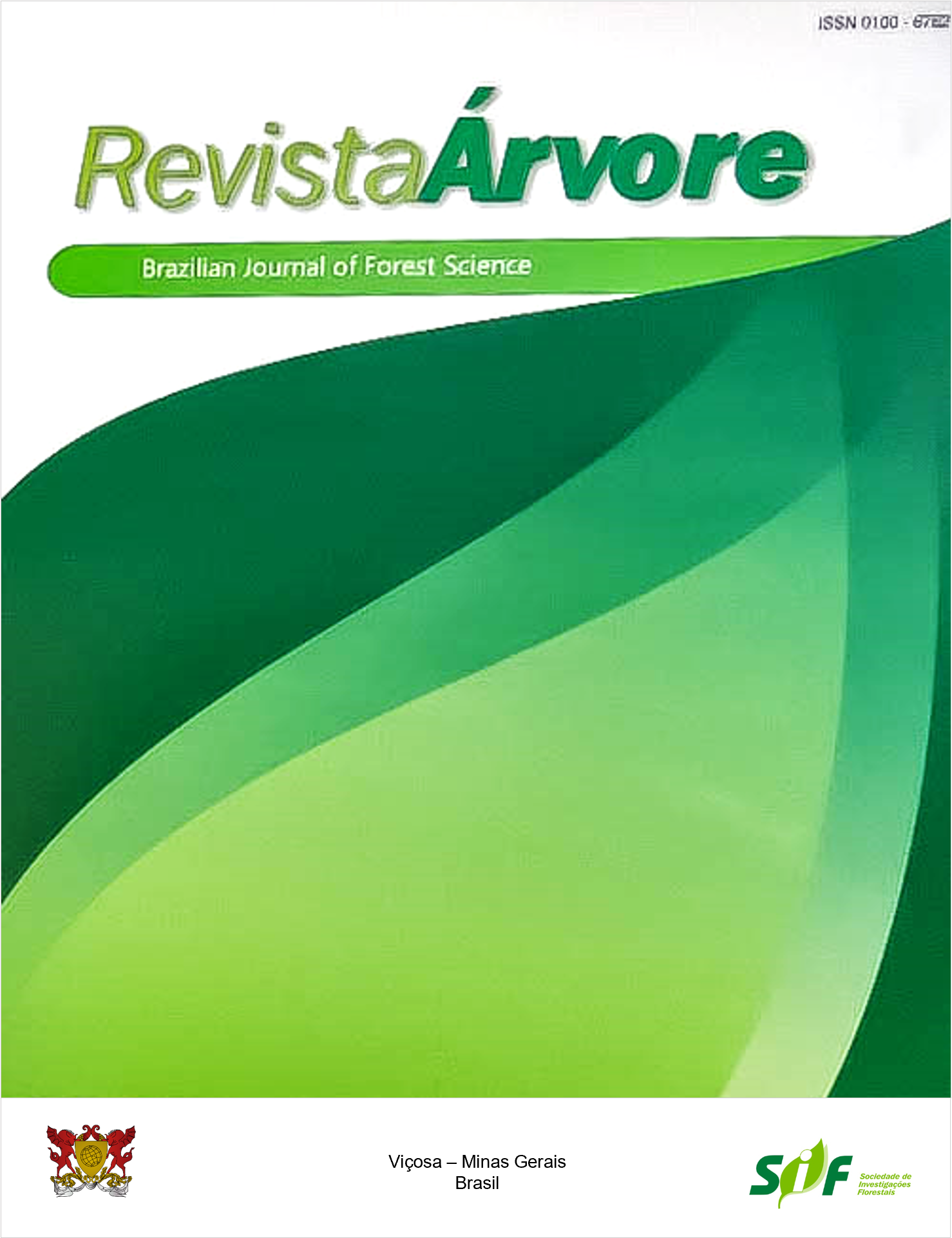POPULATION STRUCTURE OF Heteropsis spp. Kunth (TITICA VINE) IN THE TAPAJÓS NATIONAL FOREST, PARÁ-BRAZIL
Keywords:
Hemiepiphyte, Extractivism, Spatial distributionAbstract
The objective of the present study was to analyze the ecological aspects of Heteropsis spp. Kunth (titica vine) in an area maintained under forest management conditions. The study was carried out in the Tapajós National Forest, Pará state, Brazil, at Annual Production Unit 11. For the inventory of trees hosting titica vine, 206.25 hectares were covered. The parameters recorded were diameter at breast height - DBH (1.30 m above the soil), total height (Ht), regional name and geographical coordinates. The mature and immature aerial roots of titica vine were counted and the mass of mature roots with and without bark was collected and measured. The density of the host trees in different class centers of DBH and Ht was related. The ratio between the DBH and Ht of the host trees and the mass of mature root with bark of the titica vine was calculated. Spatial distribution was based on Ripley’s K function. A total of 337 trees were inventoried as hosts, with average density of 1.65 trees.ha-1, distributed in 88 species. Trees with DBH <30 cm were the ones that host most titica vines. Trees with 10 m ≤ Ht <15 m host more titica vines when compared to trees with Ht ≥ 25 m. Trees with higher DBH and Ht have the highest number of titica vine roots. The individuals of titica vine had 585 roots.ha-1, leading to an average production of 2.1 kg.ha-1 of titica vine with bark, declining after processing to 0.6 kg. ha-1. It was concluded that the titica vine has no preference for host tree species and that the spatial distribution tends to be aggregated.
Keywords: Hemiepiphyte; Extractivism; Spatial distribution
Downloads
Published
How to Cite
Issue
Section
License
Copyright (c) 2021 Revista Árvore

This work is licensed under a Creative Commons Attribution 4.0 International License.
All authors agreed to submit the work to Revista Árvore and granted the exclusive license to publish the article. The authors affirm that it is an original work and has not been previously published elsewhere. The scientific content and opinions expressed in the article are the sole responsibility of the authors and reflect their opinions, not necessarily representing the opinions of the editorial board of Revista Árvore or of the Society of Forest Investigations (SIF).




